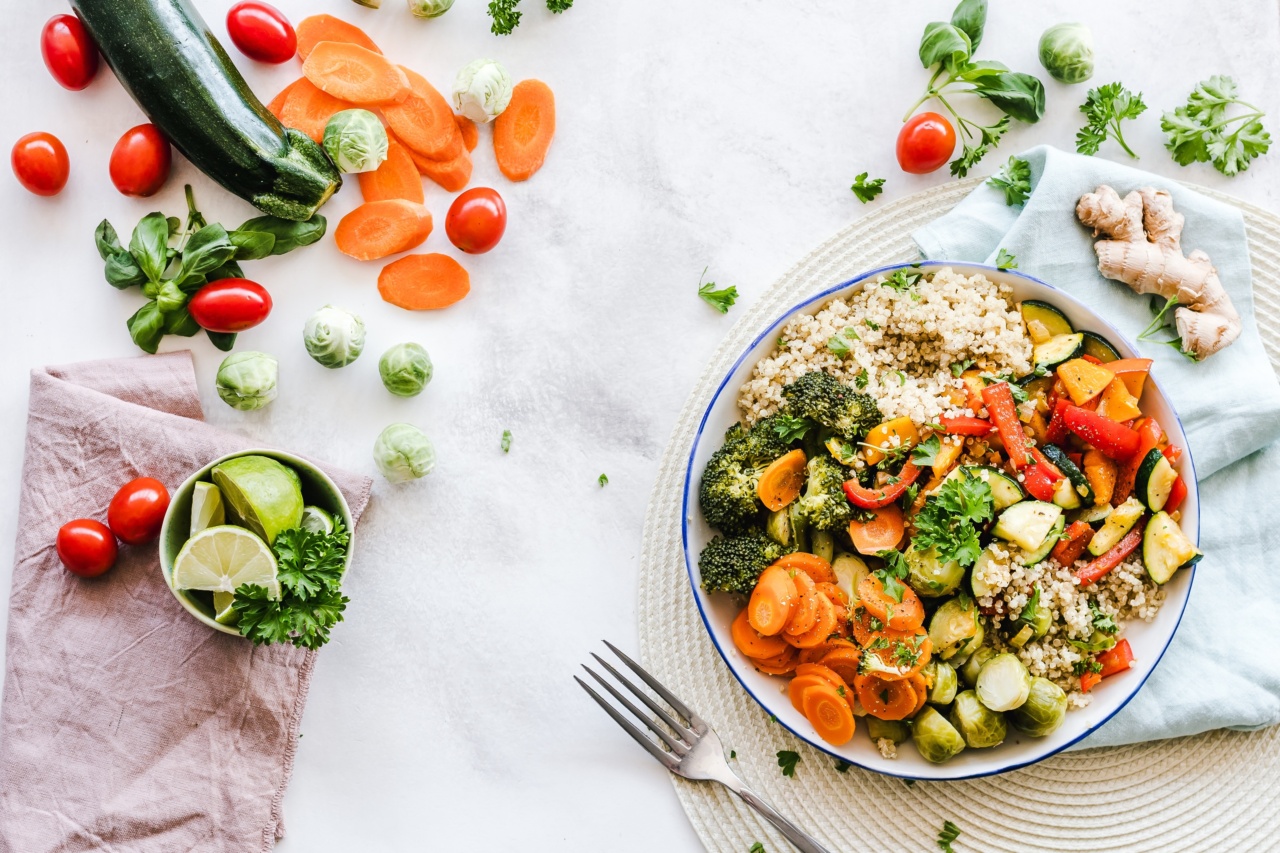Pre-menstrual syndrome (PMS) affects most women at some point in their lives, causing a range of physical and emotional symptoms.
While it’s impossible to completely eliminate these symptoms, adopting a healthy diet can significantly alleviate the impact of PMS. In this guide, we will explore the importance of pre-menstrual nutrition and provide you with valuable tips on how to support your overall well-being during this time.
Understanding PMS and Its Symptoms
PMS refers to a diverse range of symptoms that occur in the days or weeks leading up to menstruation.
Symptoms can vary widely from woman to woman and can include bloating, breast tenderness, mood swings, fatigue, irritability, food cravings, and headaches.
The Role of Nutrition in PMS Management
While there is no specific diet that can cure PMS, paying attention to your pre-menstrual nutrition can help mitigate its impact. Certain nutrients play a crucial role in supporting hormonal balance, reducing inflammation, and managing mood swings.
Here are some key dietary tips to consider:.
1. Prioritize Complex Carbohydrates
Complex carbohydrates, such as whole grains, legumes, and vegetables, provide a steady release of energy and help stabilize blood sugar levels. This can assist in minimizing mood swings, reducing cravings, and managing fatigue.
2. Increase Calcium Intake
Calcium is crucial for maintaining healthy bones and supporting muscle function.
Consuming calcium-rich foods like dairy products, leafy greens, and fortified non-dairy alternatives can help alleviate physical symptoms such as bloating and breast tenderness.
3. Incorporate Anti-inflammatory Foods
During the pre-menstrual phase, inflammation in the body can worsen existing symptoms. Incorporating anti-inflammatory foods like fatty fish (salmon, mackerel), walnuts, chia seeds, and turmeric can help reduce inflammation and alleviate discomfort.
4. Ensure Adequate Iron Levels
Iron plays a crucial role in maintaining energy levels and preventing anemia. Foods rich in iron, such as red meat, poultry, spinach, and beans, can help counteract fatigue and ensure you have enough energy to navigate through your menstrual cycle.
5. Boost Magnesium Intake
Magnesium has been shown to help reduce menstrual pain and muscle cramps. Include magnesium-rich foods like dark chocolate, avocados, nuts, and legumes in your diet to potentially alleviate these symptoms.
6. Consume Vitamin D
Vitamin D is essential for calcium absorption and plays a role in regulating mood. Exposure to sunlight and consuming foods like fatty fish, fortified dairy products, and egg yolks can support optimal vitamin D levels.
7. Stay Hydrated
Proper hydration is always important, but especially during the pre-menstrual phase. Drinking enough water can help reduce fluid retention and bloating.
8. Limit Caffeine and Alcohol
Both caffeine and alcohol can disrupt hormonal balance and exacerbate PMS symptoms. Consider reducing your intake or avoiding them altogether during the pre-menstrual phase.
9. Experiment with Herbal Remedies
Some herbal remedies, such as evening primrose oil and chasteberry (vitex), have been traditionally used to alleviate PMS symptoms. While research is limited, they may be worth exploring under medical guidance.
10. Support Gut Health
A healthy gut microbiome contributes to overall well-being. Including probiotic-rich foods like yogurt, sauerkraut, and kombucha can help support gut health and potentially reduce PMS symptoms.
Conclusion
While pre-menstrual syndrome can make certain days challenging, adopting a nutritious diet can alleviate its impact.
By prioritizing complex carbohydrates, calcium, anti-inflammatory foods, and other essential nutrients, you can support your overall well-being during the pre-menstrual phase. Remember, listening to your body and making mindful choices will help you navigate this time with greater ease.






























